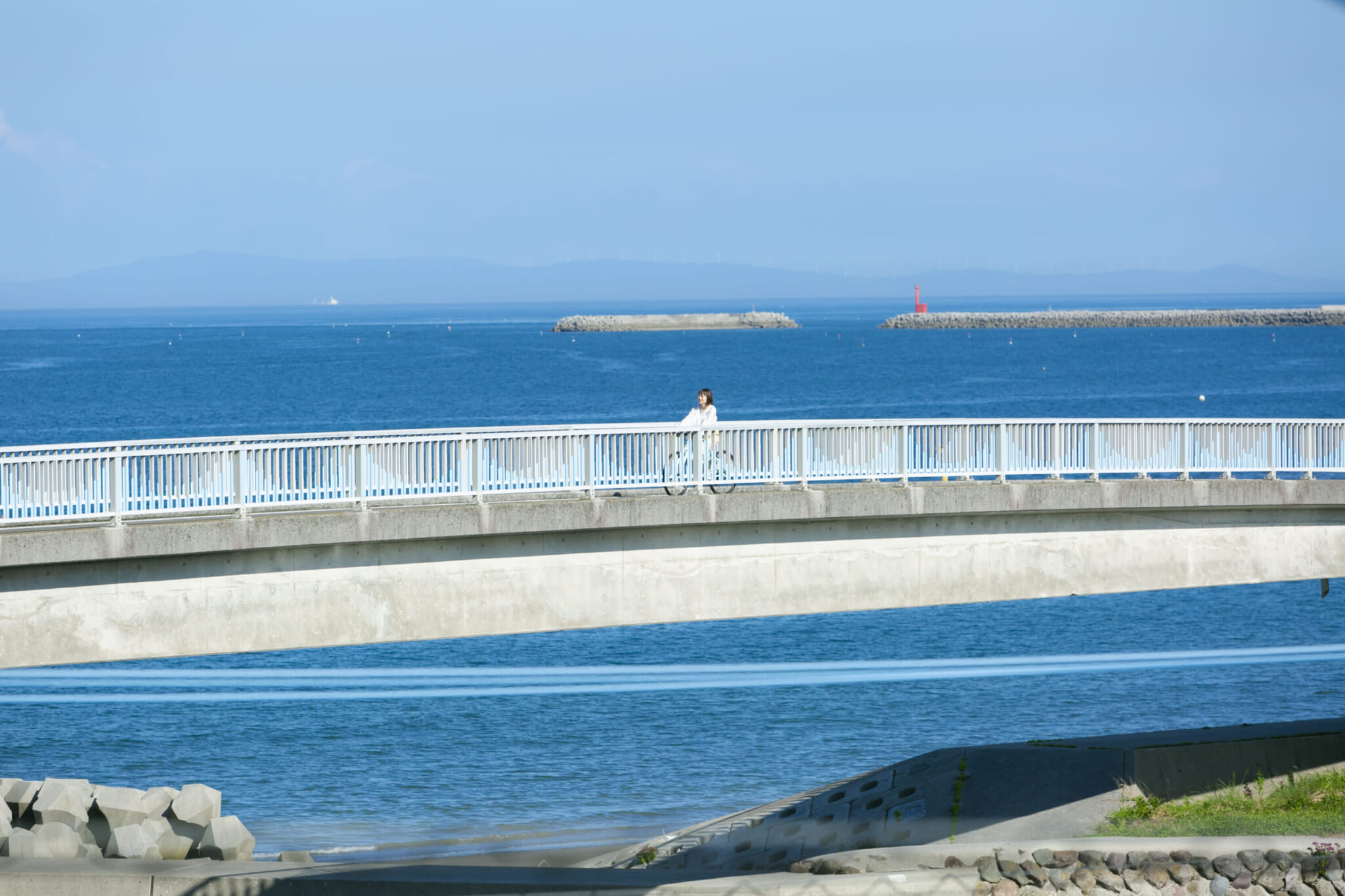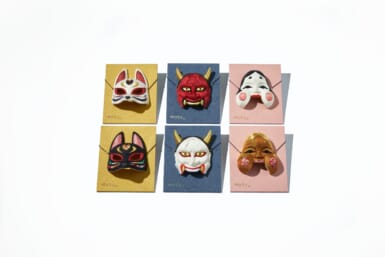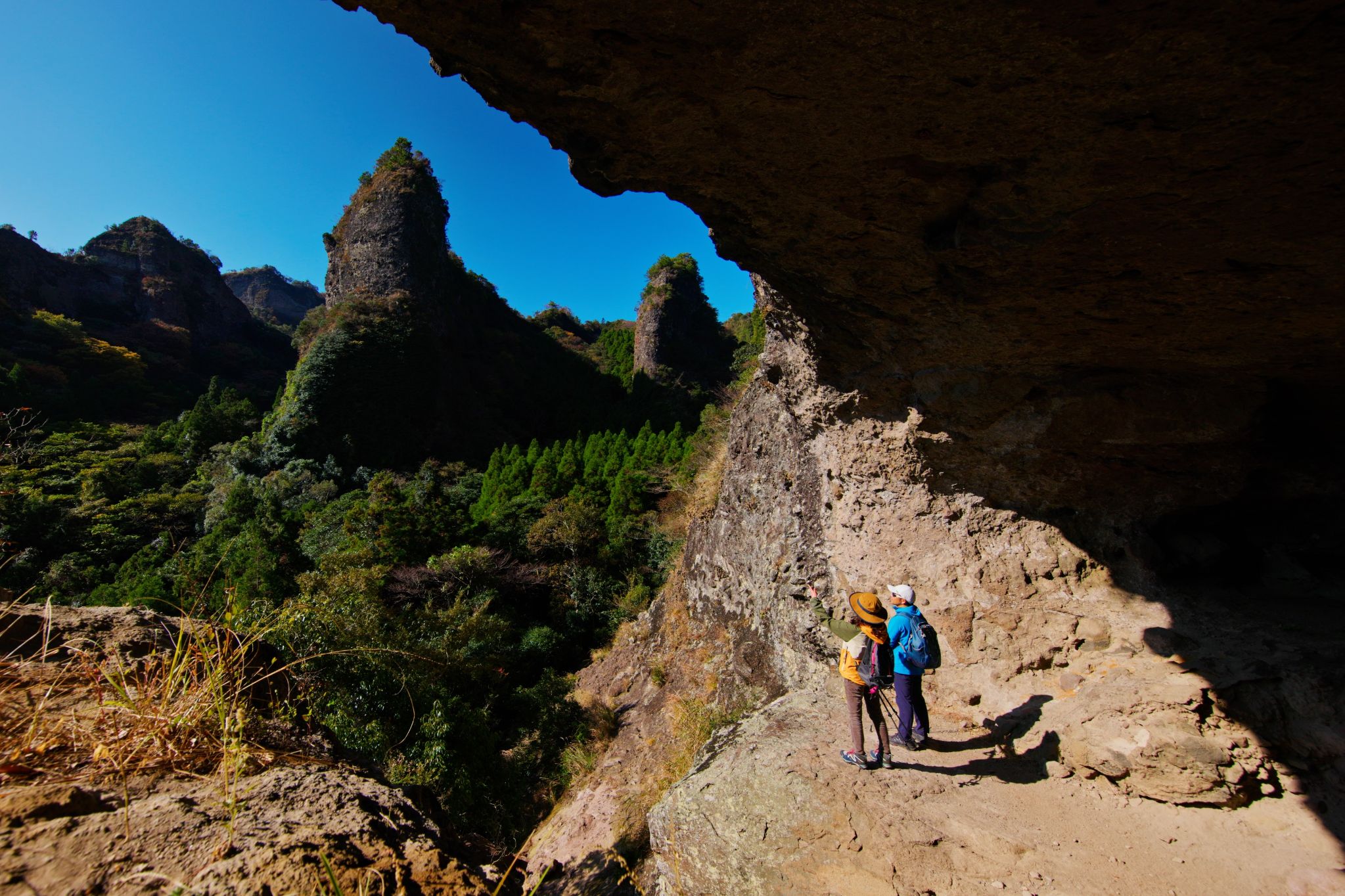
Walk the Kunisaki Hantou Minemichi Long Trail
The Kunisaki Hantou Minemachi Long Trail is, as its name implies, a very lengthy trail into the innermost depths of the Kunisaki Peninsula. Originally part of an ascetic training trail, the full winding network of paths covers a whopping 123 kilometers. Since that is a lot to bite off in one go, try the Kunisaki K-1 Course (not to be confused with the Bungotakada T-1 Course), which is a comfortable 11-kilometer trek. It starts at the 8th-century Reisen-ji Temple in the west and ends at Iwato-ji Temple, home of the blazing Shujou Oni-e festival, in the east. The rugged Ofudo Iwaya cave — complete with Buddha carving — is an excellent spot to take a break and enjoy the view.
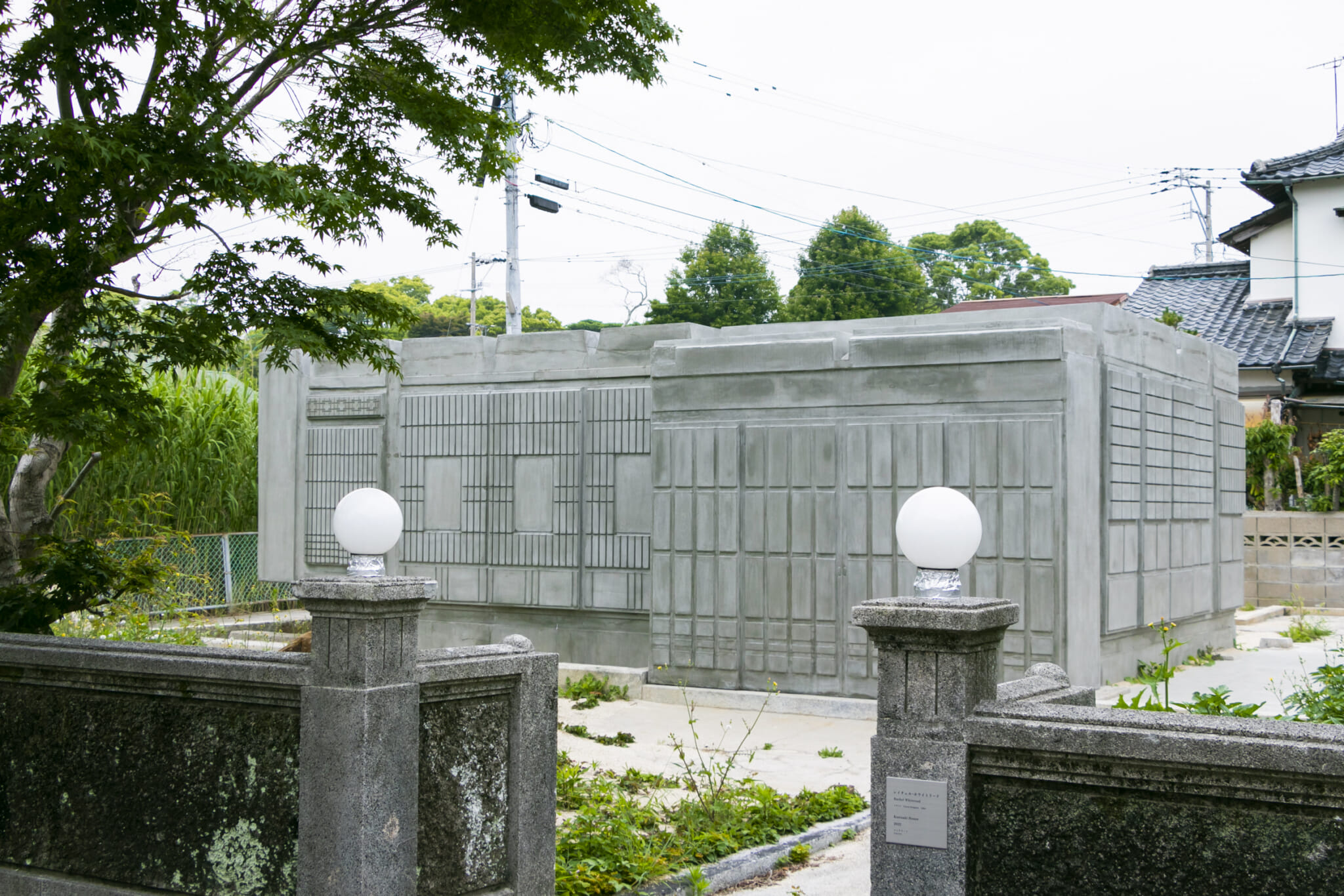
Visit Kunisaki House
One of Kunisaki City’s latest additions to its public art collection is Kunisaki House, a concrete structure designed by British sculptor Rachel Whiteread. Based on a traditional Japanese house that stood vacant for more than 20 years, this imposing installation has replicated key aspects of the building’s Japanese-style architecture, including sliding doors and latticework window coverings. Shinto and Buddhist altars stand side-by-side, representing Kunisaki’s strong ties to both practices. The work is a thrilling blend of modern art and time-honored architectural traditions.
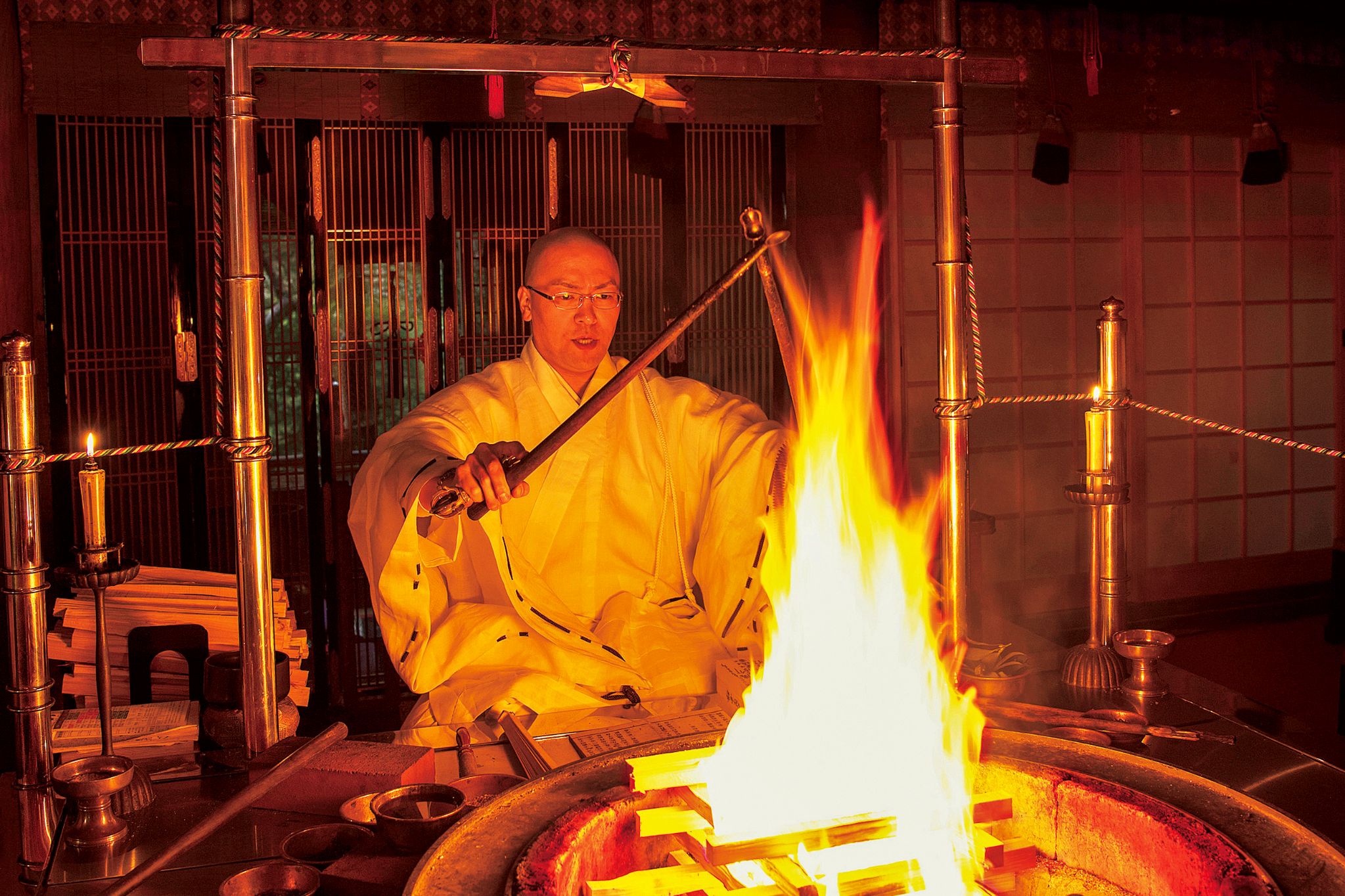
Burn Blessings at Monjusenji Temple
Said to be one of the oldest temples in the Kunisaki area, Monjusenji Temple has presided over its precarious cliff face position for over 1,300 years. Many people visit in the hope of improving their academic results or to wish for a fulfilling marriage. Monjusenji Temple’s esoteric Buddhist background most obvious in its goma-taki ceremony, where wooden votives laden with wishes to be shared or afflictions to be removed are burned. This is held regularly on the 25th of every month. At the temple’s Autumn Grand Festival at the end of November, this goma-taki ceremony is further enhanced with the burning of 8,000 votives. Monks spend days fasting and praying incantations to help people fulfill their desires.
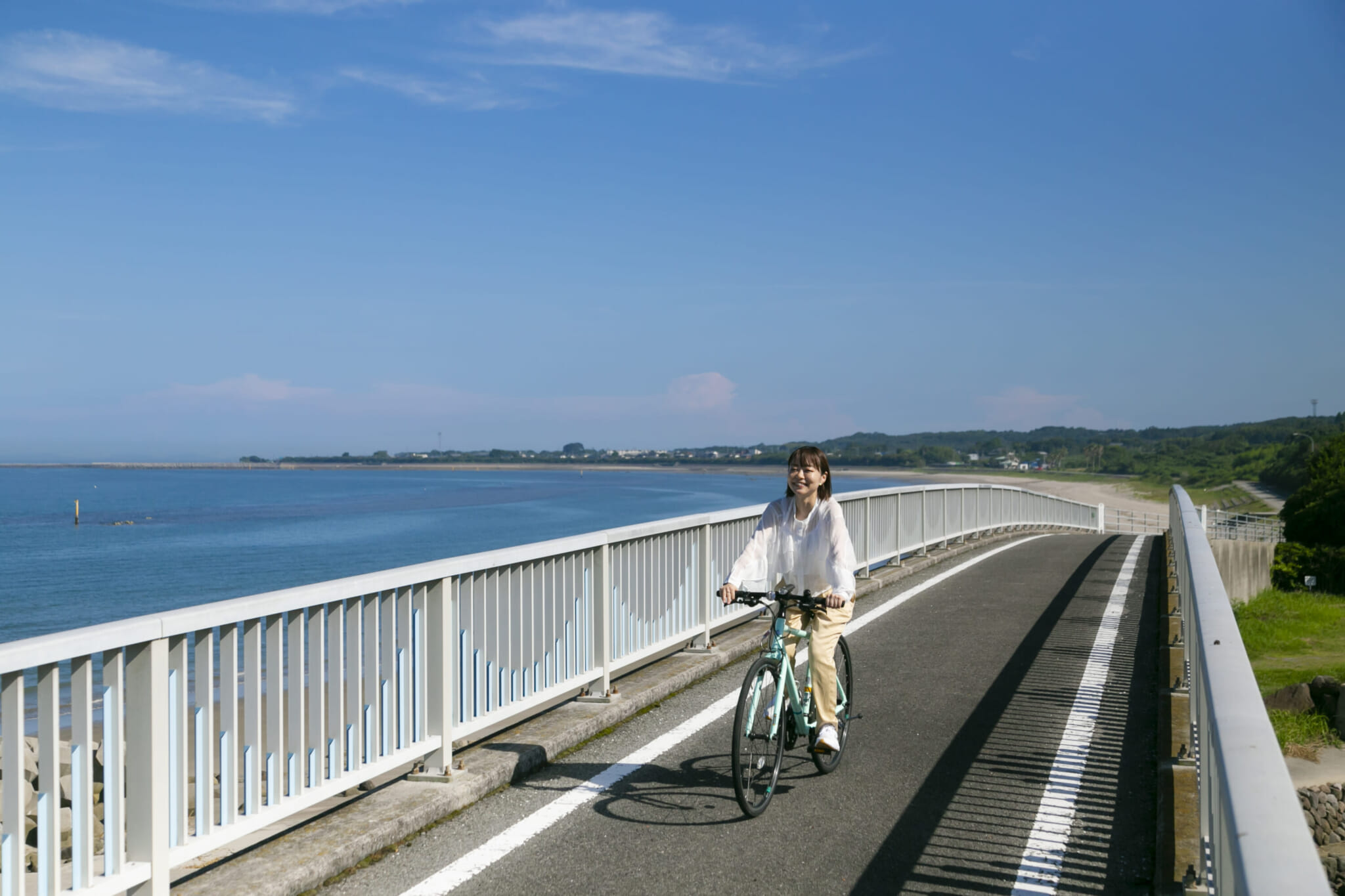
Cycle the Kunisaki Cycling Route
Kunisaki City’s north and south coastal cycle routes are an easy way to take in the peninsula’s stunning seaside landscape. The South Course is a short three-kilometer round trip — ideal for a quick exploration — while the North Course takes you on a 13-kilometer-long coastal adventure (one way). Rent a bicycle for the day at Kunisaki Cycling Terminal, which you’ll find at the Michi no Eki Kunisaki service station. The route follows the shore, passing Manekineko Park with its charming beckoning cat statues, as well Konpira Iwa, which is said the host a guardian spirit of safe voyages and bounty of the sea. Many people gather here for the first sunrise of the year, as it rises over Shikoku Island.
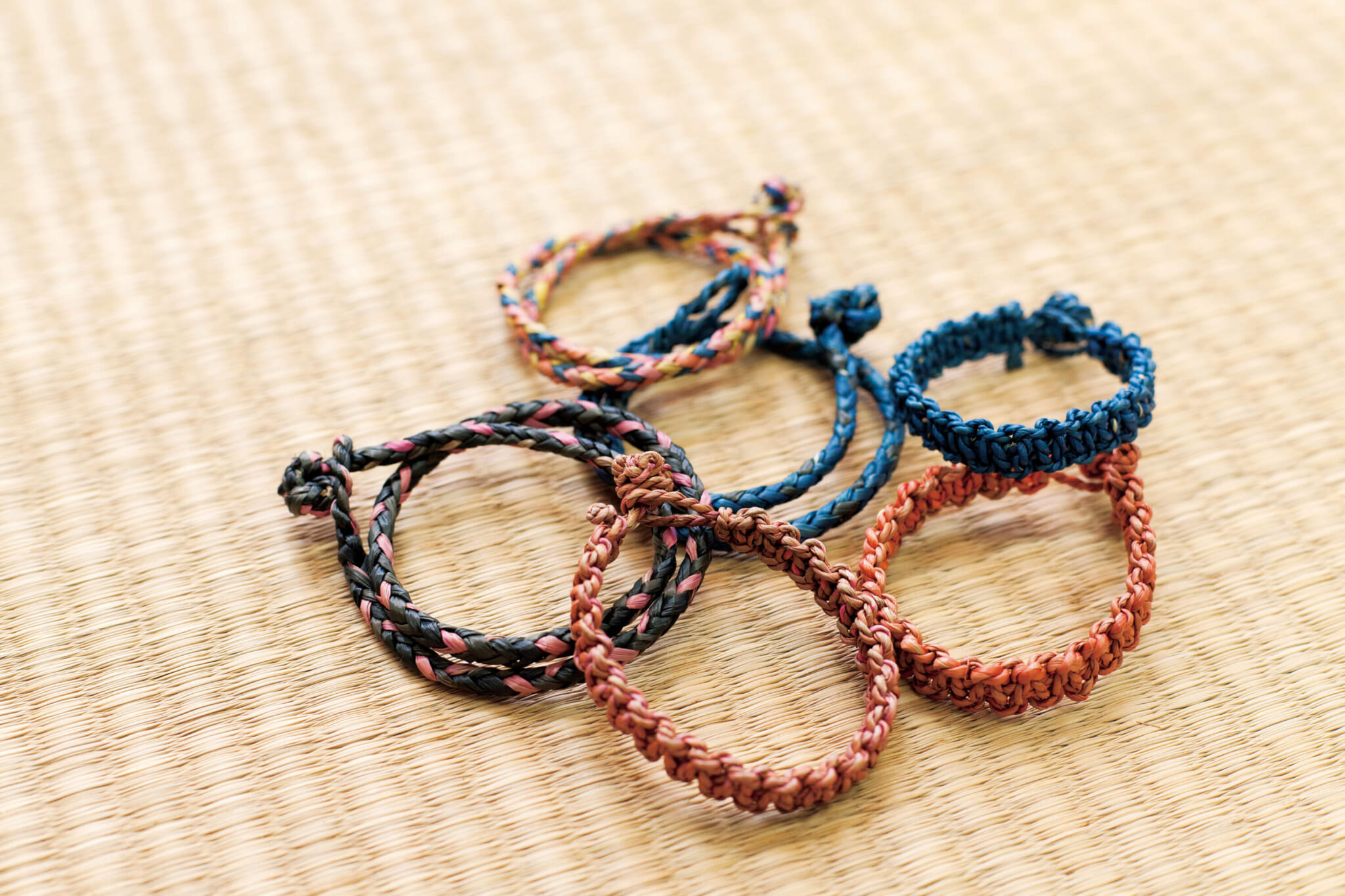
Craft a Shichitoi Straw Accessory
Recognized as one of the United Nations’ Globally Important Agricultural Heritage Systems (GIAHS), Kunisaki and Usa have longstanding traditions of working in symbiosis with the rural landscape around them. One of these is the crafting of sturdy Shichtoi straw tatami mats often used in judo dojos. The custom lives on and is further disseminated through hands-on experiences where visitors can weave their own accessories such as the auspicious misanga bracelets, coasters and even zori sandals.
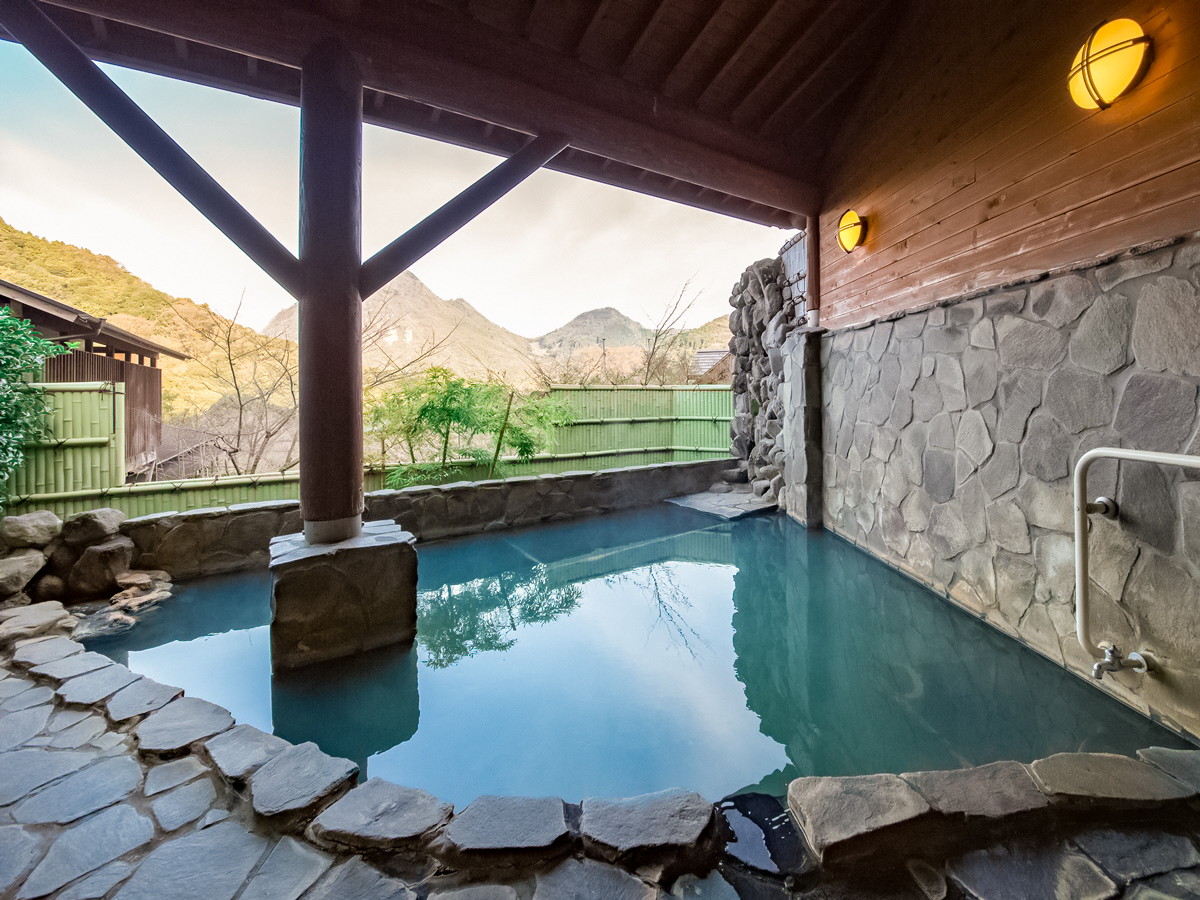
Take a Dip in a Hot Spring
Oita Prefecture is riddled with hot springs of all kinds and temperatures and Kunisaki is no exception. Akane no Sato is a rustic inn surrounded by mountains on all sides, offering breathtaking views from several of their open-air baths in every season. Day trippers are welcome — a decadent set lunch is on the menu most days — but to make most of the baths and the verdant surroundings, an overnight stay is recommended. Choose between Western or Japanese-style rooms, or even a whole cottage to luxuriate in your solitude and maybe even have a barbecue or two.
For more information, visit the Kunisaki City Tourism Division website.

